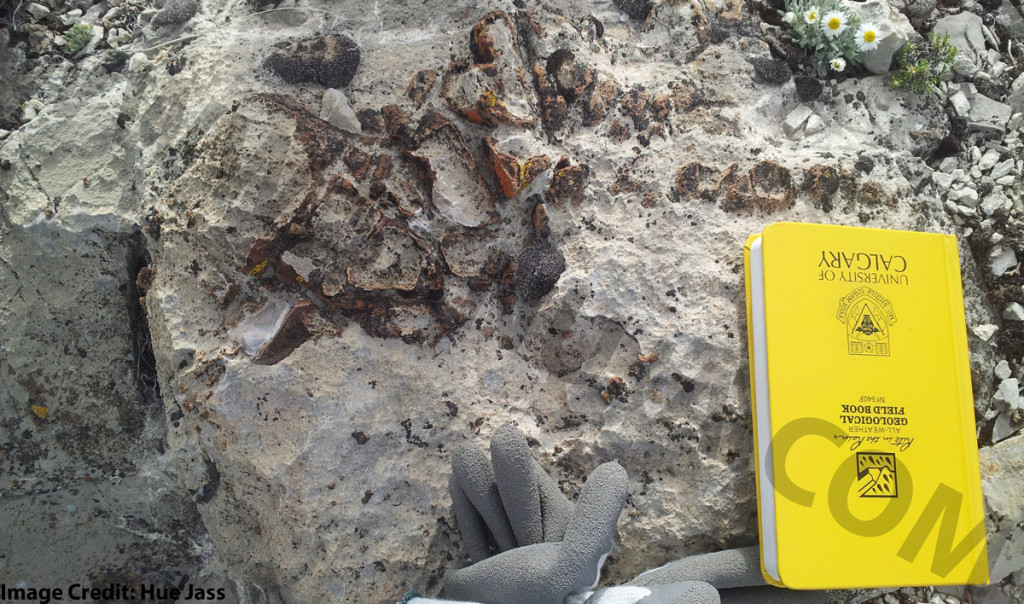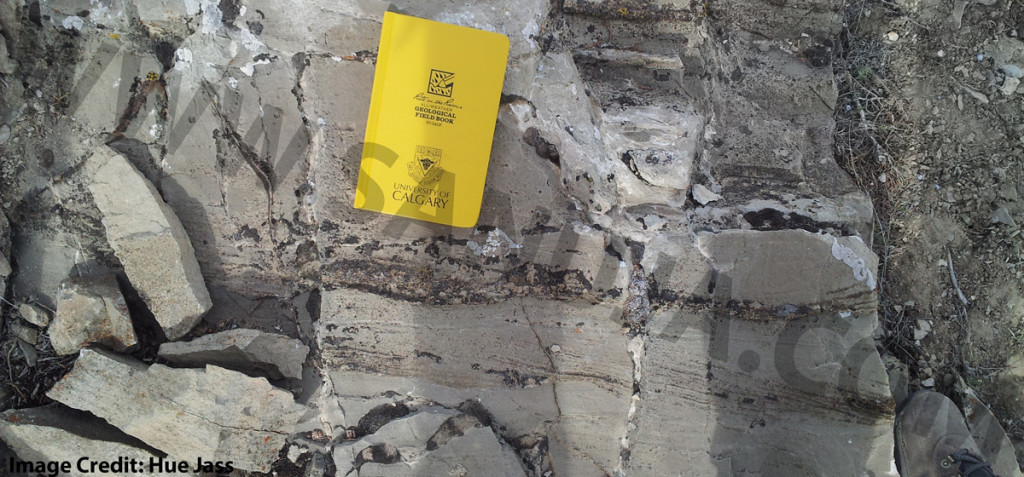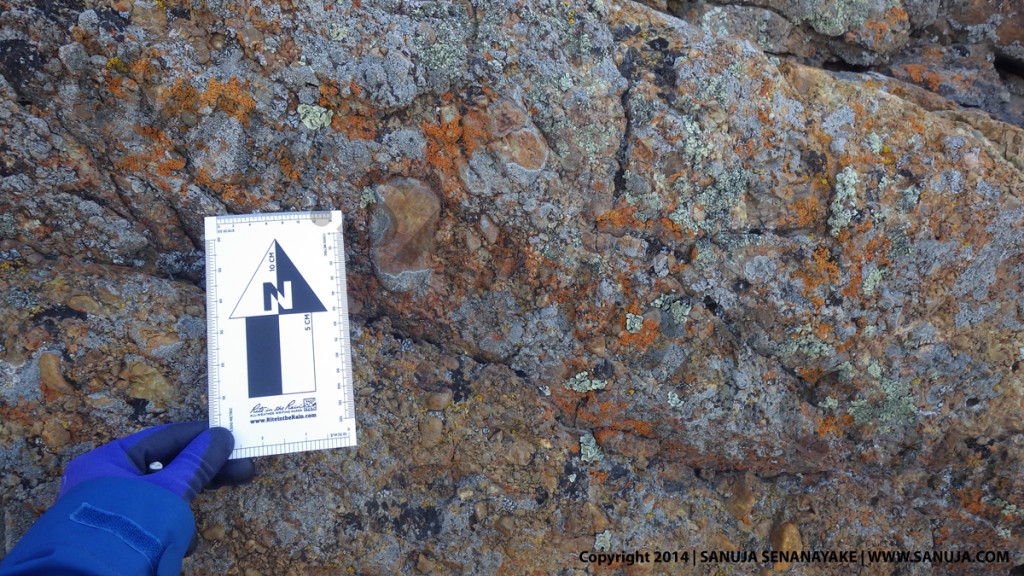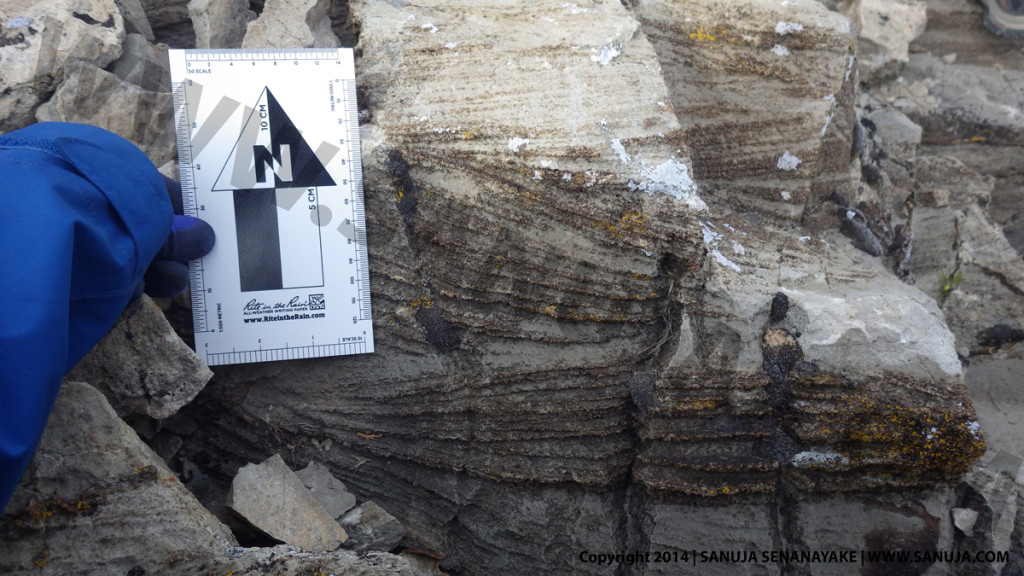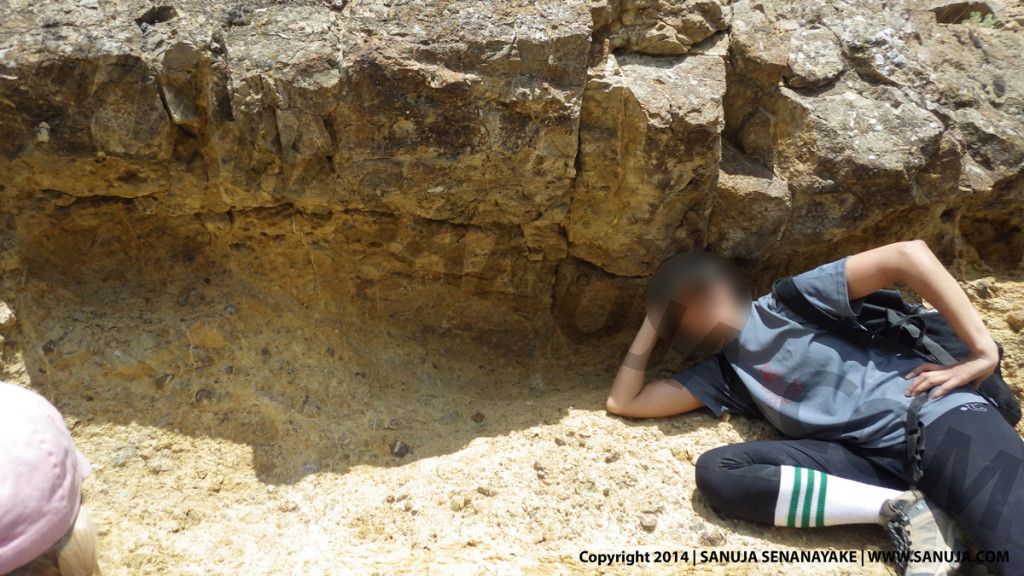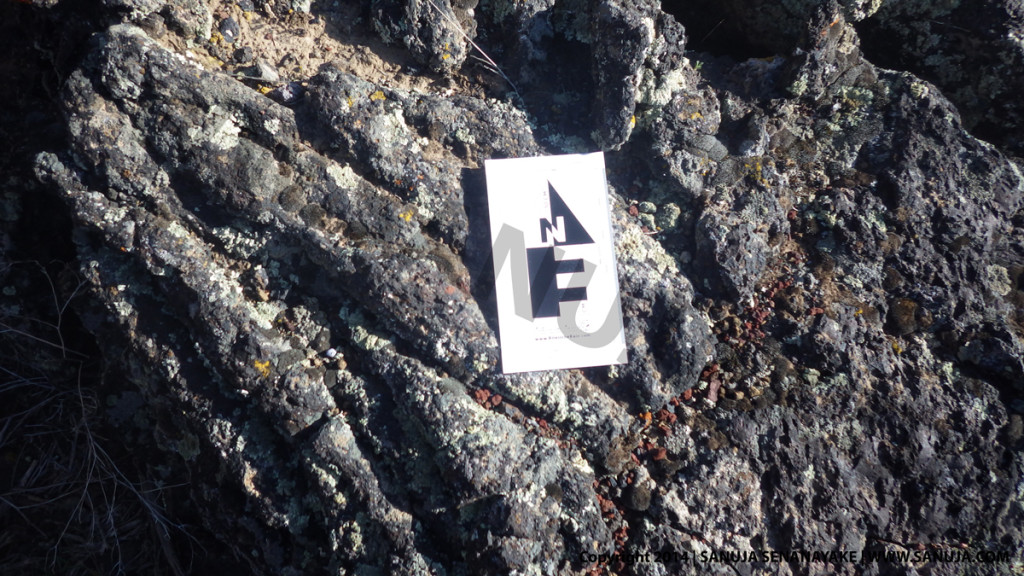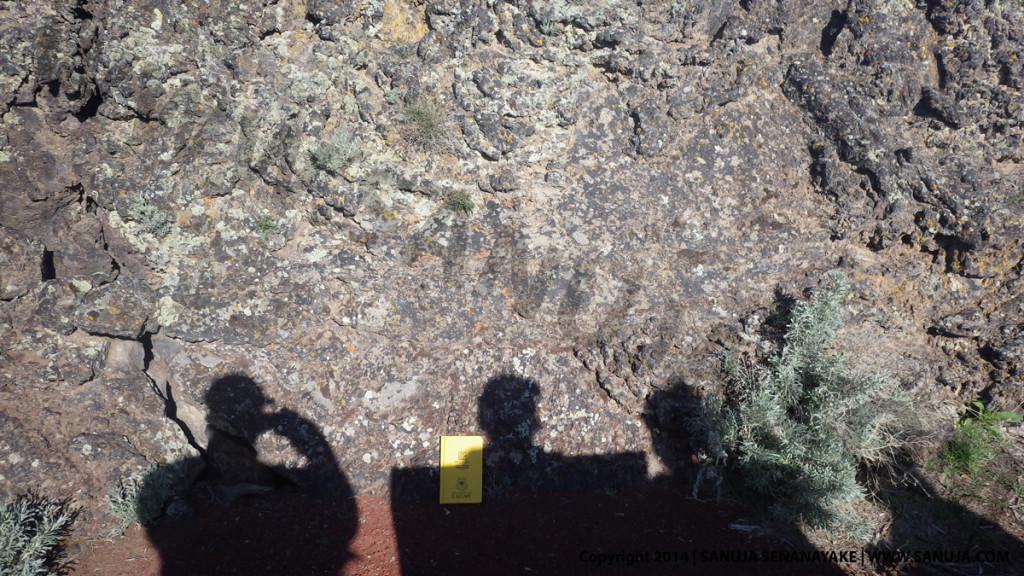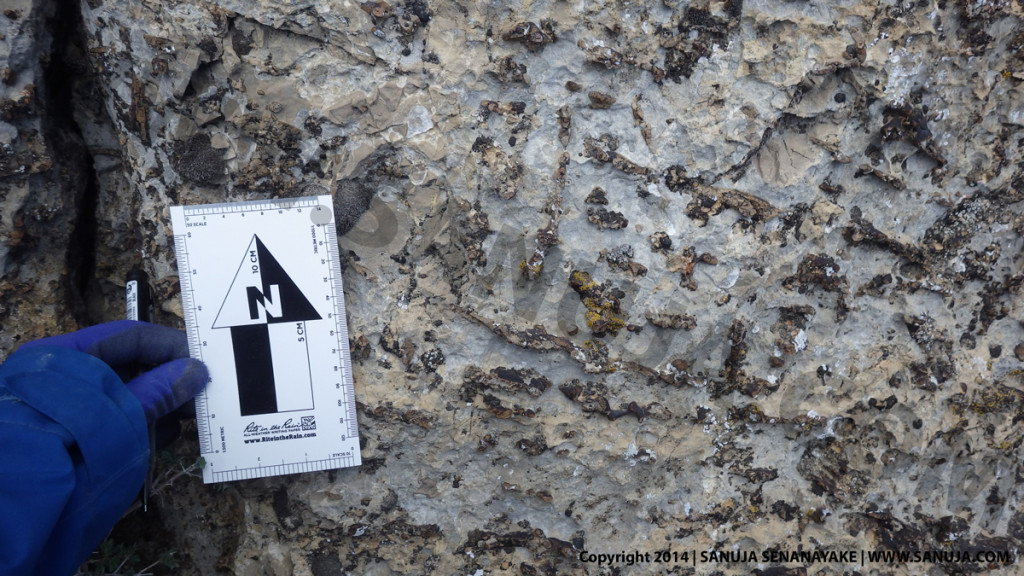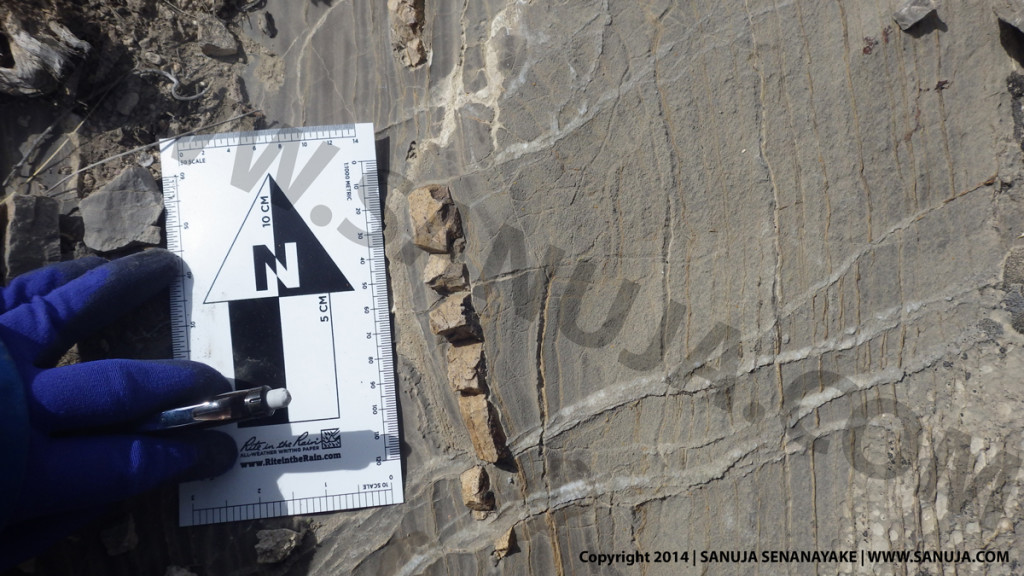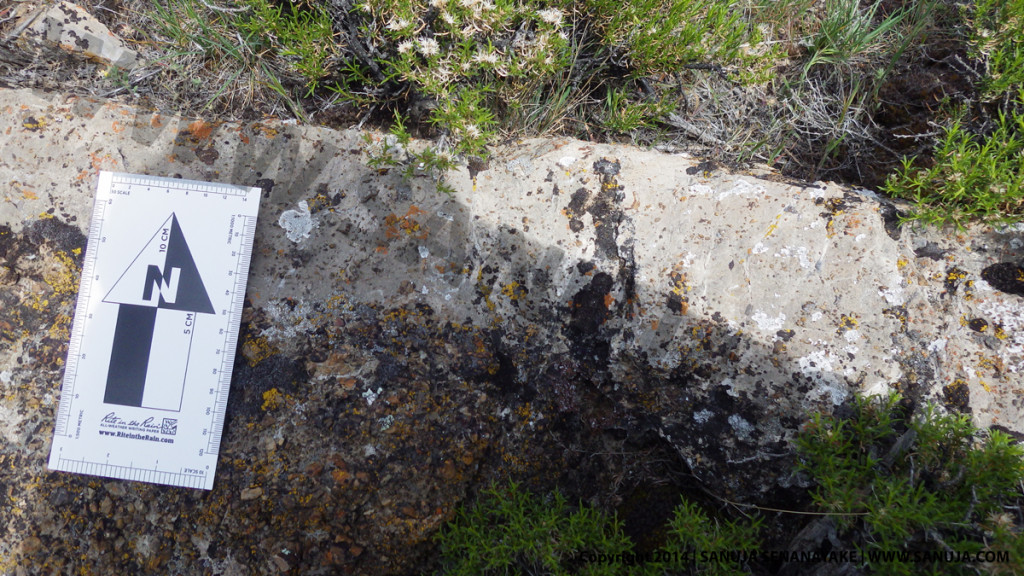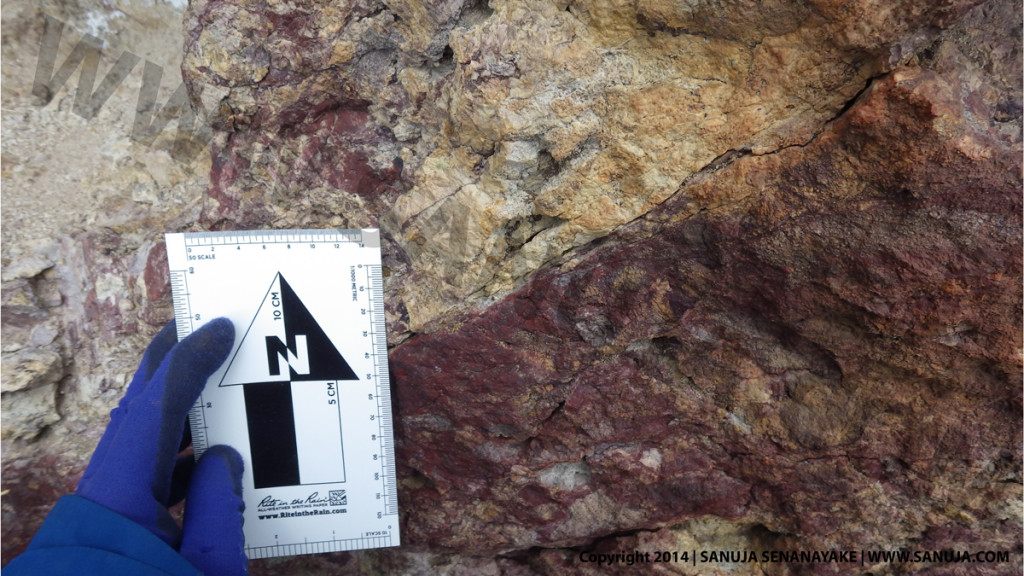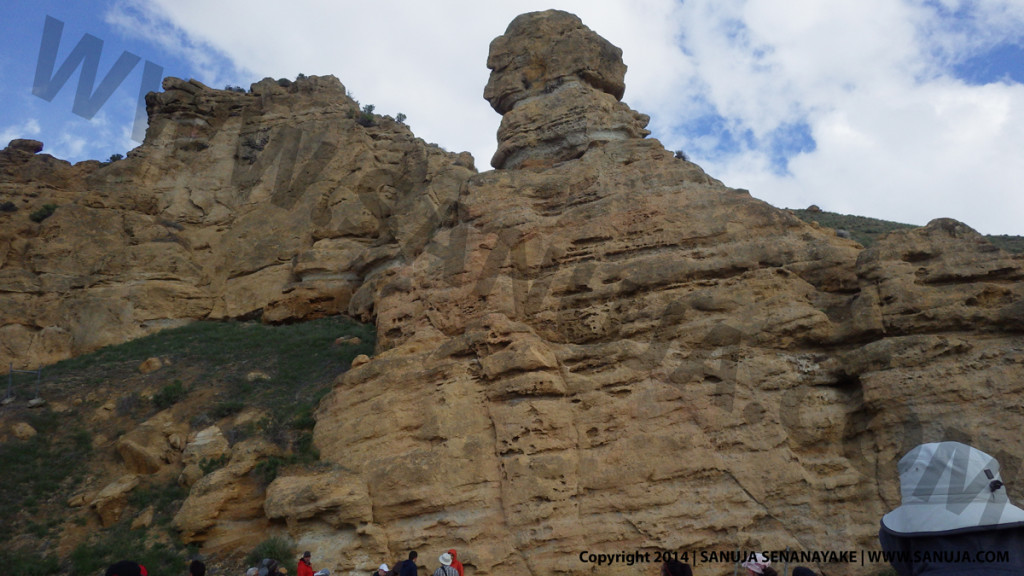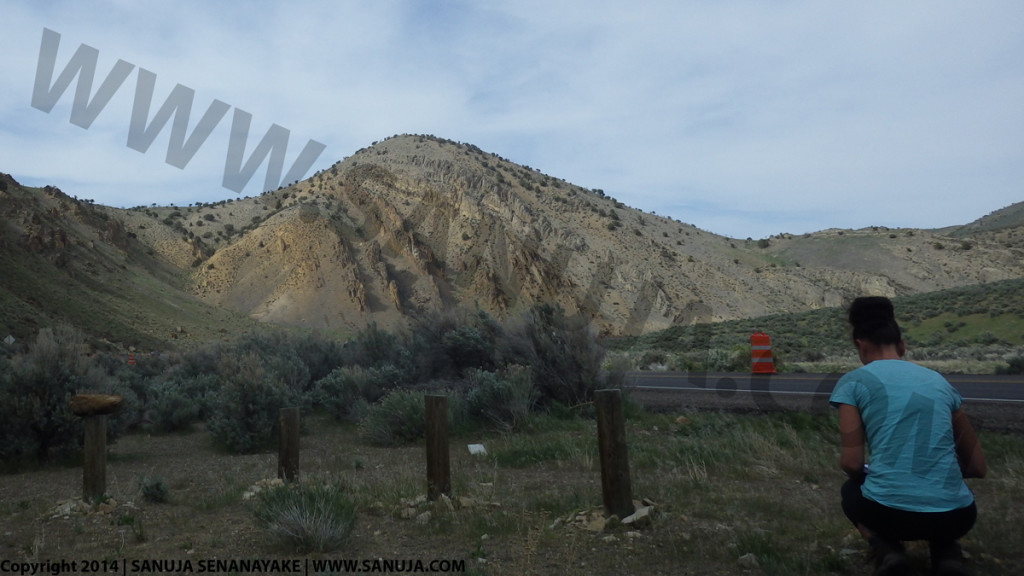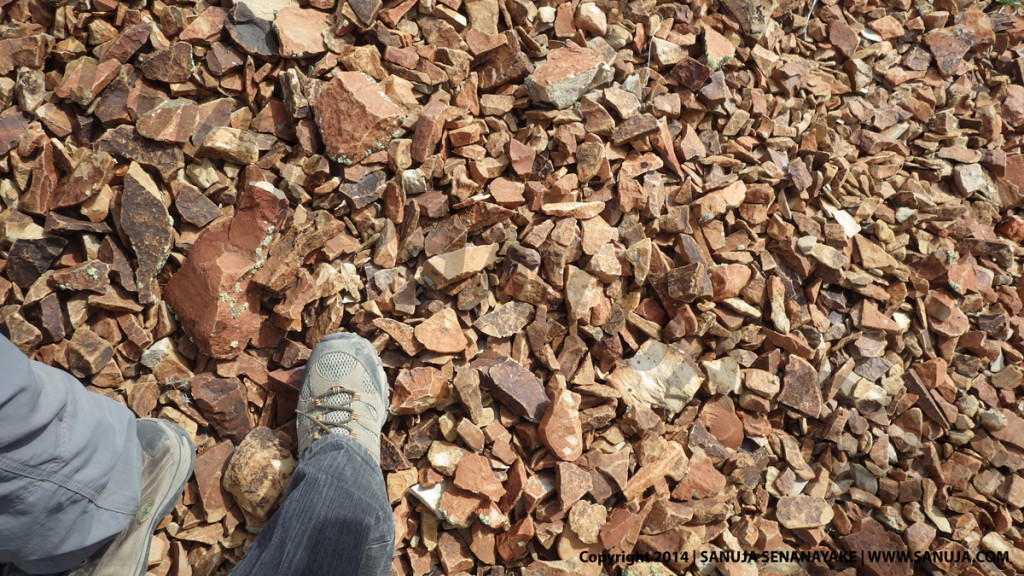In most parts of the developed world, we live in houses that are at least ten years old (or often older). Hence homeowners spent their money on home improvements. One of the easiest ways to renovate your house is to replace the old units with new ones. Today I am going to discuss a simple item found in every Canadian household; the thermostat. Continue reading Choosing a thermostat
Monthly Archives: May 2014
Subject to interpretation
World is full of mysteries. Science is the study of natural world through experiments and observations. Hence to solve mysteries we often rely on scientific method, logical processes, to explain the unexplainable. But what if I told you that large portion of science is also subjected to numerous interpretations?
Pictures from field school
The pictures are from the Carlin Canyon, Nevada Field School instructed by Dr. Charles Henderson and Dr. Benoit Beauchamp at the University of Calgary. However, this page has no affiliation to the professors or the university. This is a personal (Sanuja Senanayake) collection of images. The GPS reading are taken either from the built-in GPS locator in the camera or from field notes. I found that the location information can be highly inaccurate. One should not use the information on this page for any type of field work. The images are posted purely for entertainment.
Conglomerate
Location: 40°44’05.8″N 116°01’18.3″W
Elevation: 1478.70 m
Image direction: 100.73° (true direction)
Image: Click on the image for high resolution version.
Features: Conglomerate formed as a result of cyclothems.
Cross-bedding
Location: 40° 44′ 10.26″ N 116° 1′ 2.946″ W
Elevation: 1641.20 m
Image direction: 51.06° (true direction)
Image: Click on the image for high resolution version.
Features: Inclined layers with dipping indicating paleocurrents.
Paleosols
Location: 40° 44′ 6.678″ N 116° 1′ 9.48″ W
Elevation: 1653.70 m
Image direction: 66.78° (true direction)
Image: Click on the image for high resolution version.
Features: Roots and rootlets are indicative of paleosols. The Paleosols are formed under subareal exposure type environments.
Lava Rocks
Location: TBA
Elevation: TBA
Image direction: 2.05° (true direction)
Image: Click on the image for high resolution version.
Features: Ropy texture of this lava formation is indicative of pahoehoe lava.
Chert
Location: 40° 44′ 8.016″ N 116° 1′ 9.114″ W
Elevation: 1654.20 m
Image direction: 62.95° (true direction)
Image: Click on the image for high resolution version.
Chert at another location.
Features: Chert is more weather resistant than the outcrop surrounding them. Therefore it will stick out and easy to identify. Generally all cherts are harder than the surrounding Geologic material.
Contact between Formations
Location: 40° 43′ 46.764″ N 116° 1′ 0.006″ W
Elevation: 1663.10 m
Image direction: 89.70° (true direction)
Image: Click on the image for high resolution version.
Features: Different lithoologies will often have different weathering colours and patterns.
Misidentify a contact
Location: 40° 43′ 20.394″ N 116° 1′ 16.794″ W
Elevation: 1504.70 m
Image direction: 249.06° (true direction)
Image: Click on the image for high resolution version.
Features: This is not a contact but rather a fracture within the same formation. The difference in weathering colour may have been caused by the lower part being exposed to more fluid runoffs(?) from the fracture.
Fluvial Deposits
Location: TBA
Elevation: NA
Image direction: TBA
Image: Click on the image for high resolution version.
Features: Poorly sorted clasts from almost all Formations in the region. Lose sediments, friable and extremely poor bedding (almost no bedding). Formed as a result of weathering and erosion of other formations. May indicate a paleo river formation. Highly matrix supported with sandy size matrix particles.
Resistant (cliff forming) and Recessive
Location: 40° 43′ 40.8″ N 116° 1′ 10.1″ W
Elevation: NA
Image direction: 9.59° (true direction)
Image: Click on the image for high resolution version.
Features: Even from a distance we can interpret some Geological formations. In this example, we can say that at least two major formations based on the cliff forming and recessive units. Often Geologists scans the area before climbing to the outcrop of interest. In this picture we are about 1 km (or may be bit less) away from the outcrops shown.
Lose (non-outcrop type) Carbonate
Location: 40° 44′ 9.54″ N 116° 0′ 15.426″ W
Elevation: 1617.40 m
Image direction: 58.65° (true direction)
Image: Click on the image for high resolution version.
Features: Lose materials like these red carbonate pieces can be used to determine where the actual outcrop may be; up the slope!
Searching for outcrops like mountain goats
Location: 40° 43′ 3.3″ N 116° 0′ 9.306″ W
Elevation: 1569.70 m
Image direction: 167.06° (true direction)
Image: Click on the image for high resolution version.
Features: None that can be identified at this scale.
Miscellaneous
